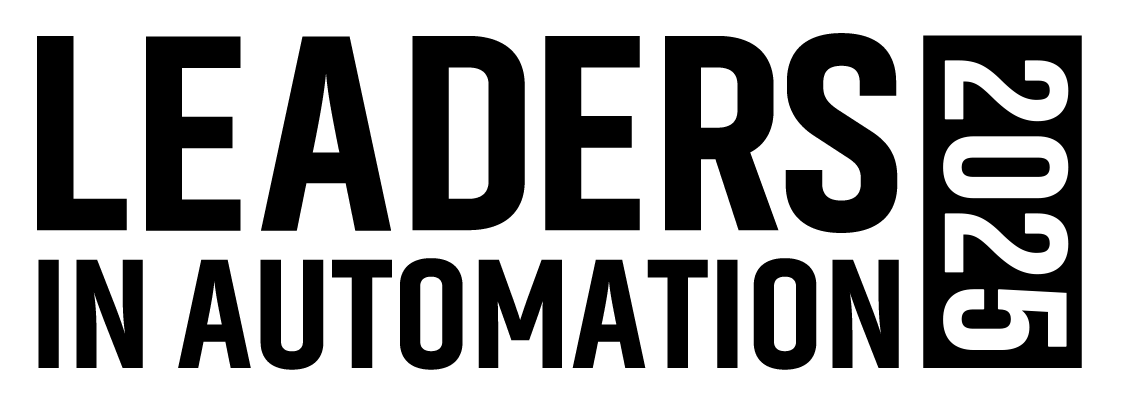Is AI Food Manufacturing’s Recipe for Success?
Across the manufacturing industries, artificial intelligence (AI) has introduced better ways to complete tasks and develop smarter processes. As a result, manufacturers have been quick to realize AI’s potential and eager to reap the rewards ranging from optimized production processes to accelerated product design and development.
Despite the challenges inherent to any advanced tech adoption, new data suggests that 79% of manufactures are ready to tackle AI implementation enthusiastically — and food manufacturers are no exception.
Following is my recommended recipe for AI success in food manufacturing.
Step 1: Prepare your data
The benefits of AI noted below are all attainable, but only with a robust data strategy in place. The computer vision and machine learning applications discussed here are only as strong as the datasets behind them. So, before rushing to implement any AI technology, make sure a comprehensive data framework exists to maximize the output of your success.
And remember that a manufacturing execution system (MES) can serve as a single source of operations data truth, centralizing and contextualizing the data from AI tools like computer vision and machine learning. That’s why an increasing number of manufacturers (some research suggests more than 50%) are adopting MES to improve their operations and reap the benefits of AI, as MES is ready-made for this future technology.
Step 2: Fold in some computer vision
In food and beverage manufacturing, quality control is paramount, which is why computer vision — with its ability to help prevent waste, increase efficiency and optimize quality — is quickly becoming a favored ally for businesses in this sector.
Computer vision and machine learning applications in food manufacturing are only as strong as the datasets behind them. So, before rushing to implement, make sure a comprehensive data framework exists to maximize the output of your success.
To understand how this works, it’s important to realize that computer vision is a type of AI that uses computers to capture images of physical objects — like a packaged cookie or a cut of meat — and analyze them to identify trends. In food manufacturing, computer vision can be used to analyze products on a production line, taking note of information that may have eluded human detection, such as irregular colors or shapes. Then, the vision system reports the potential quality issue back to a central control system like an MES.
This enables manufacturers to comprehensively monitor the end-to-end food creation process to ensure — through a careful combination of human knowledge and technological oversight — that quality errors do not leave the factory floor. Computer vision’s value lies in its ability to catch errors early, allowing workers to make changes before significant waste or quality issues occur.
When implementing computer vision on your factory floor, it helps to think about the high- volume or high-touch places as a first line of quality defense. From there, you can set secondary touchpoints in areas where your floor workers could be better assisted. This way, computer vision can work together with your operations to improve quality and efficiency for better business outcomes.
Step 3: Mix in machine learning
Managing facility maintenance schedules has always been challenging for food manufacturers, as equipment issues not only mean lost revenue but also food safety concerns. But thanks to machine learning, AI can put manufacturers ahead of the curve on facility upkeep.
Machine learning is a subset of AI that allows computers to learn behaviors without being programmed to do so. For example, machine learning can track the temperature of a facility’s industrial ovens and identify whether the equipment is getting too hot over time. It can then flag this detail to a floor operator for a potential maintenance check.
By tracking variables like temperature, pressure and vibration, machine learning can predict exactly when equipment needs servicing, allowing floor operators to build downtime into their plans rather than being forced to react to a crisis when it happens. This is how the insights provided by machine learning help manufacturers develop maintenance programs based on real-time needs.
For manufacturing operations to successfully use machine learning for greater outcomes, it’s best to couple it with predictive maintenance software to create the best chance at preventing breakdowns and maximizing uptime.
Eddy Azad is founder and CEO of Parsec Automation Corp., a member of MESA International.
About the Author

Leaders relevant to this article:
